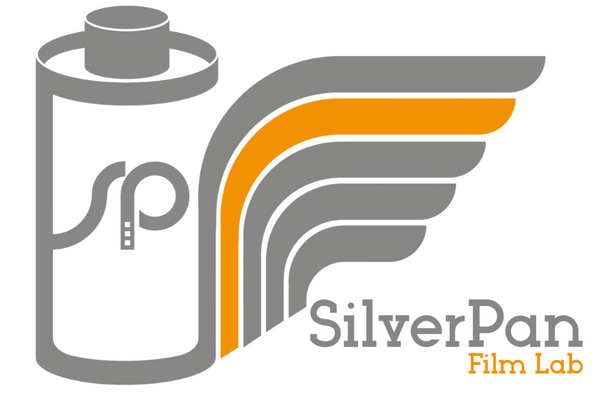One of the options we offer our customers is a choice of chemistry when you choose black and white film developing.
This can add significant complexity to our operation - most commercial labs will only offer their default chemistry which does a good job for most black and white films - but we know that it can make a significant difference to the final result.
Anyone who has done home developing - or a course at school or college - will remember that different B&W developers are marketed in different ways. And this is because the results you will get - even from the same film! - will be subtly different.
When choosing a developer there is a tradeoff to be made between three main characteristics that a developer will emphasise to different degrees, due to the component chemicals and developing agents in the solution.
‘Speed increasing’ developers are also recommended for traditional push processing

While you can try and replicate different results after the fact - through computer editing or darkroom printing - the fastest way is to get it right from the beginning!
If this feels a bit overwhelming or unnecessary then don't worry: we will always have a recommended developer for each B&W film, and you can always select this option (think of choosing the 'house wine' at dinner!)
And actually on that point, it's worth being explicit that there are no aesthetic industry standards for developers - which means that this is a subjective conversation. One person might prefer a certain look - or see more (or less) grain or 'smoothness' in an image - than someone else. And that is part of the fun of the arts!
So we have a short summary of the different developers we offer, and the most common views on the results:
|
Developer |
Comment |
|
D76 / ID-11 |
Industry standard since 1926, a fine grain - true speed developer with moderate sharpness - works with everything |
|
Kodak XTOL / Adox XT-3 |
Modern eco-friendly fine grain, speed increasing developer - similar to D76, but with slightly finer grain and increased sharpness - good all rounder |
|
Ilfotec HC / HC-110 |
A reliable general-purpose and specialty developer At higher dilutions emphasises sharper grain and moderate contrast. Also very good at controlling fog and getting the best out of expired films! |
|
Wehner developer / Jobo Alpha |
Sharply defined fine but moderate grain and true speed, based on an update to the 1960s Atomal / Promicrol formula - our favourite for many low to medium speed films 🙂 |
|
510 Pyro |
A specialist staining developer giving ultra fine grain, sharpness, and excellent highlight rendition, speed decreasing |
|
Microphen |
A fine grain speed increasing developer recommended for push processing. |
|
Perceptol |
For ultra-fine smooth grain, lower sharpness, speed decreasing |
|
Rodinal |
High sharpness and definition, coarse grain, increased micro-contrast - speed decreasing |
|
FX-39 |
Modern developer optimised for lower to medium speed T-Max / Delta films - high sharpness with a rich and expanded tonal balance |
|
D96 |
Lower contrast developer, similar to D76 but optimised for cine-film (recommended for Double X / Ferrania P30 etc) |
|
Adotech* |
Specialist ultra-low contrast developer required for Adox CMS 20 II |
*means that they are only appropriate for the named films
Please note that some developers will come with a price premium. This will be either because the raw chemicals cost us more, or because the processing steps take us a lot longer. The prices will be obvious on the B&W film processing page from the developer drop down.
When comparing the effect of different developers from scans, we highly recommend trying our Flextight scanning service - the higher resolution and resolving power of this scanner excels at extracting the nuances and fine differences of the different developer characteristics.
In the coming months look out for further posts and deep dives into comparisons and examples of how these developers interact with different black & white films!

